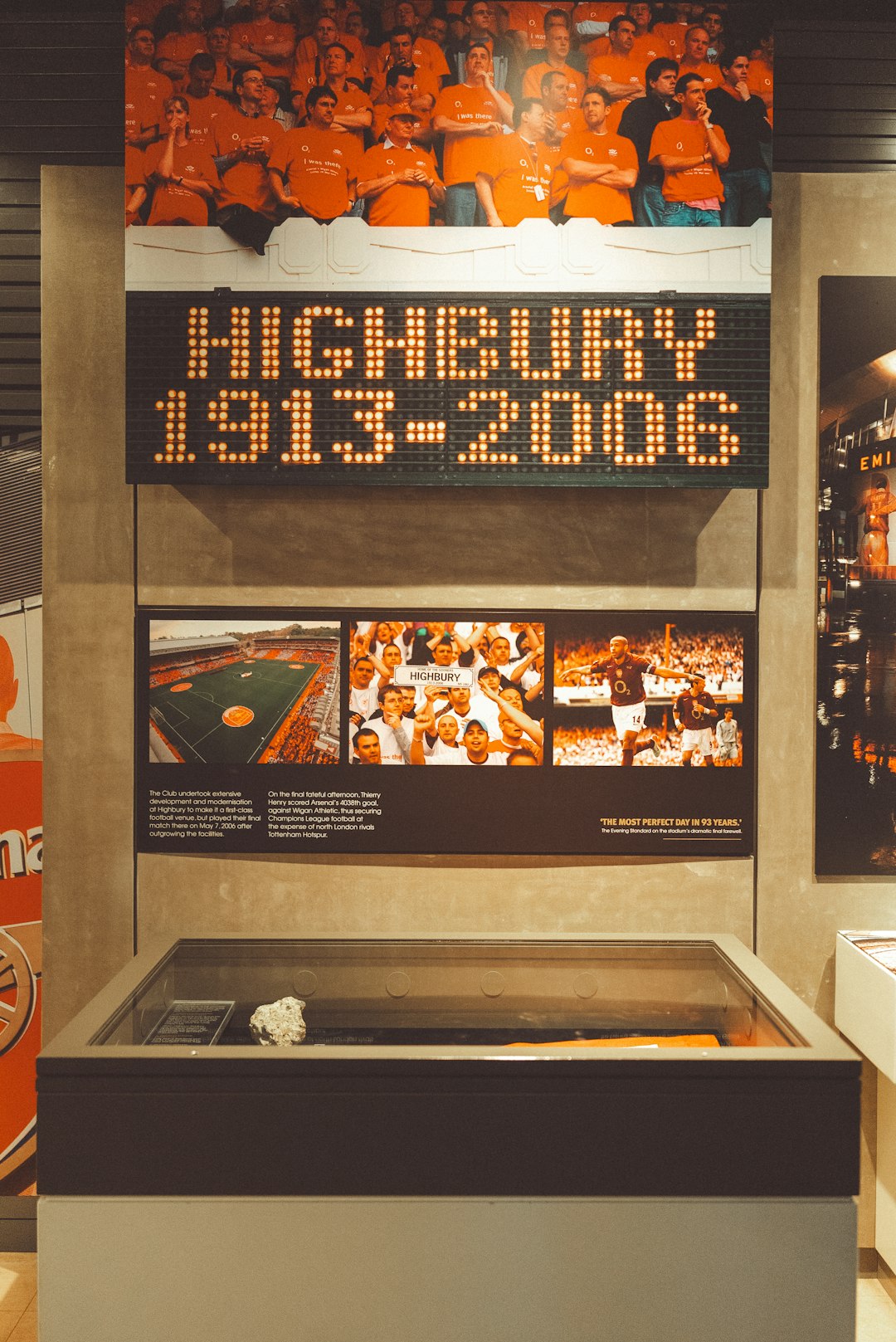Football clubs are more than what fans see on the pitch. While billions around the world watch matches and support their teams passionately, much of the magic happens behind the scenes—especially on official team pages. These digital hubspots are designed to cater not only to die-hard fans but also to potential sponsors, media professionals, and curious newcomers. Today, a football club’s web presence is as meticulously managed as its player lineup. But what’s going on inside the “menu” of these popular team pages?
The Digital Front Gate: Navigating Club Websites
When a fan lands on their favorite team’s official page, they are greeted with a clean interface featuring the club’s crest, colors, and a structured menu. These menus aren’t randomly thrown together; they are UX-driven, intentionally curated to meet the needs of a variety of users. A well-designed menu enhances usability, increases engagement time, and serves as a brand reinforcement tool.
Common menu categories include:
- News – Latest match reports, transfer updates, league standings.
- Matchday – Fixtures, results, ticket purchasing, stadium info.
- Team – Information about players, staff, stats, and line-ups.
- Club – Historic background, missions, governance, social outreach.
- Shop – Official merchandise, kits, memorabilia.
- Membership – Fan-related programs, season ticket renewals, exclusive content.
The Content Machine: How Clubs Fill Their Digital Shelves
The menu is just the entrance; the pages behind it are constantly updated by large digital teams. These content teams comprise social media editors, journalists, videographers, and photo editors who coordinate to release fresh and relevant information consistently. The goal? To maintain fan loyalty, keep SEO rankings high, and ensure sponsors receive their promised visibility.
On an average day, the digital media team might:
- Write up post-training reports with exclusive quotes.
- Upload pre-match video teasers and interviews.
- Update injury reports and team news with medical staff input.
- Share behind-the-scenes photos and locker room footage.
And when the team plays? Expect live updates, goal clips, commentary, and full-time summaries posted almost in real time.

Fan Personalization and Data Analytics
Beyond flat content, modern football websites use smart technology for personalization. By tracking visitor behavior, clubs tailor homepage experiences. For instance, a fan from Brazil regularly visiting the Manchester United page may see Portuguese-language content, Latin American tour announcements, or even suggested merchandise based on past clicks.
This level of customization is possible due to advanced analytics tools integrated into club websites. These tools collect data such as:
- User location
- Page visit frequency
- E-commerce patterns
With this information, clubs refine their strategies continuously. The goal is not just to serve but engage. Personalized content increases time spent on site, encouraging more clicks, views, and ultimately, purchases.
From History to Heritage: The “Club” Section
One of the most underrated yet deeply impactful sections is often the “Club” menu. Here, clubs lay out their narratives—origin stories, trophy cabinets, legendary player pages, and community programs. This content serves two purposes. One, it fuels pride for existing fans by reminding them of their club’s legacy. Two, it converts neutral visitors into lifelong supporters by showcasing values and history.
Clubs like FC Barcelona or Liverpool go all in on their storied pasts. They develop interactive timelines, virtual museum tours, and profiles of club legends to reinforce emotional connections.

Money Talks: Sponsors, Shop, and Subscriptions
Revenue generation is another pillar driving the strategy behind football club menus. Beyond tickets and TV rights, clubs monetize their websites to a significant degree. The “Shop” section is just the tip of the iceberg.
Other revenue-boosting elements include:
- Prominent partner logos placed during page visits and content reads.
- “Subscribe for exclusive behind-the-scenes content” funnels aimed at superfans.
- Targeted ads integrated around articles or videos.
Additionally, the online shop is typically synced with merchandise partners and warehouse inventories. Offers are dynamically displayed depending on current events—such as discounts during a winning streak, or special “new kit” promotions following a fresh signing.
Interactive Features: More Than Just Reading
Modern football site menus also lead to highly interactive experiences. Think fantasy football participation, fan polls, augmented reality stadium tours, and online training drills for young fans. These features serve as brand extensions, letting fans interact with the club outside a 90-minute match window.
Leading clubs are also testing integrations with the metaverse, VR match streaming, and multilingual chatbot support to cater to global fans in real-time. These next-gen offerings are found buried within the digital menu—but they represent the future of online engagement.
Conclusion: More Than Just Links
The menu of a football club website is more than a navigation bar—it’s a strategic gateway built with technology, psychology, and business acumen. It captures history, sells a vision, engages fans, collects data, drives revenue, and supports both team and fan efforts from behind a screen. While on matchdays the roar of the stadium is what makes headlines, it’s these quiet operations in design studios and tech hubs that fuel the club’s beating digital heart every day.
FAQ: Football Club Menu and Web Structures
-
Q: Why do club menus vary significantly from team to team?
A: Menus are tailored to a club’s fan base size, global audience, and organizational goals. Clubs with international fanbases tend to have more multilingual and interactive content. -
Q: How often are team pages and menus updated?
A: Leading clubs update certain areas—like news, matchday, and transfers—daily or even hourly. Slower sections like history or community may get quarterly updates. -
Q: Who manages football club websites?
A: Typically a dedicated digital media department that includes IT staff, content creators, social media managers, and data analysts. -
Q: Can fans contribute to content seen on team pages?
A: Some clubs have fan-submitted story sections, fan photo galleries, or run competitions encouraging media contributions. However, these are usually curated by editors. -
Q: Are club menus accessible for users with disabilities?
A: Top-tier clubs implement accessibility standards like screen reader compatibility, text resizing, and color contrast tools, though the quality may vary by team.
